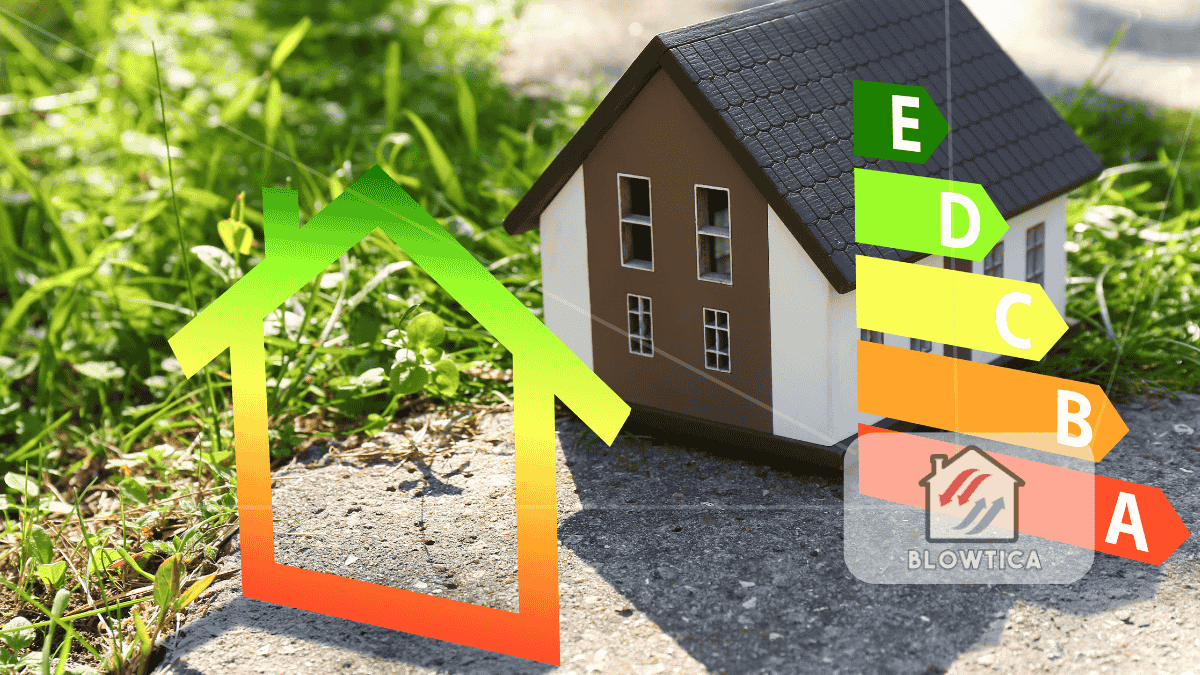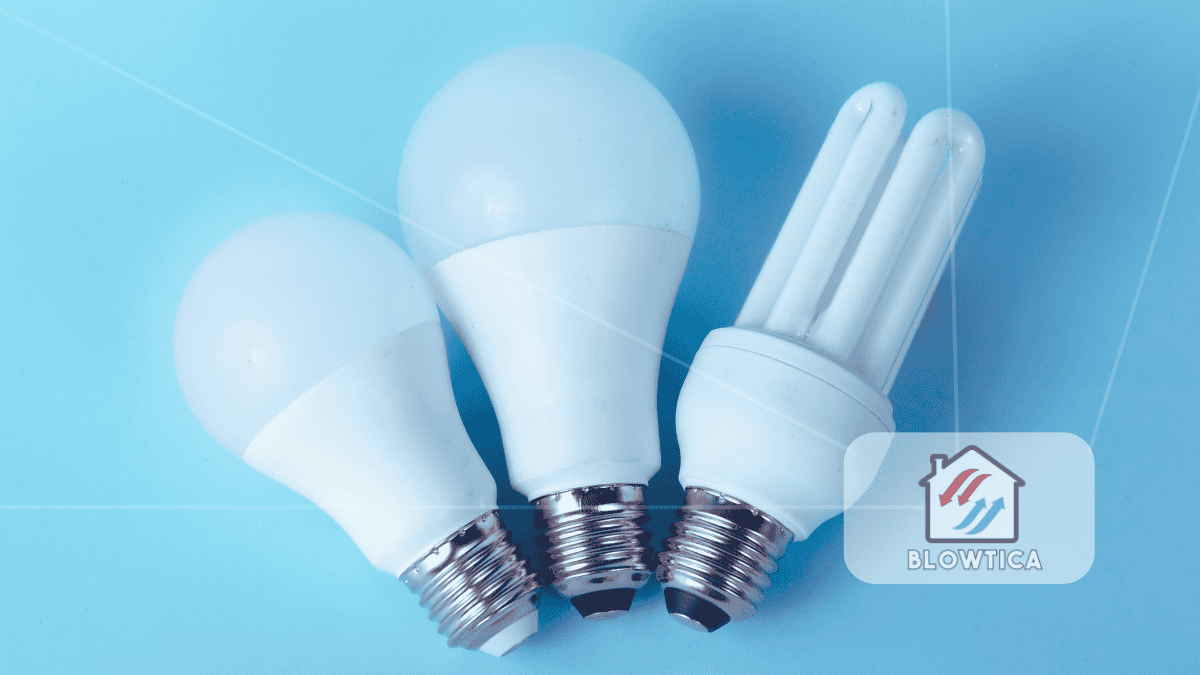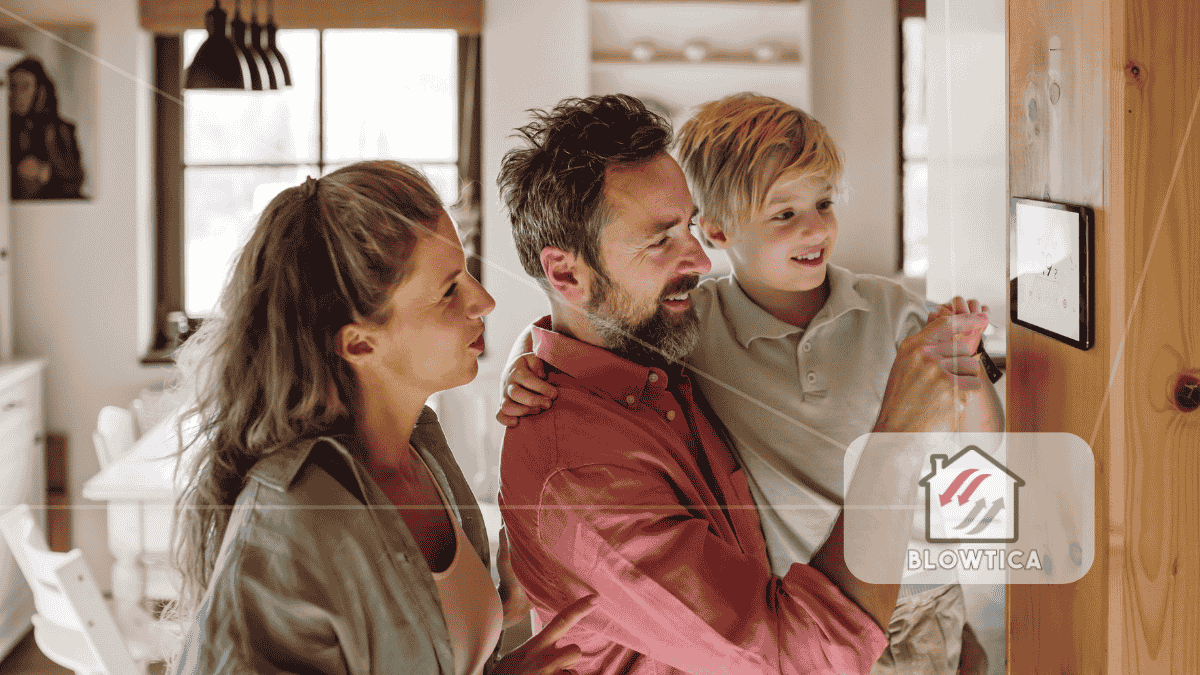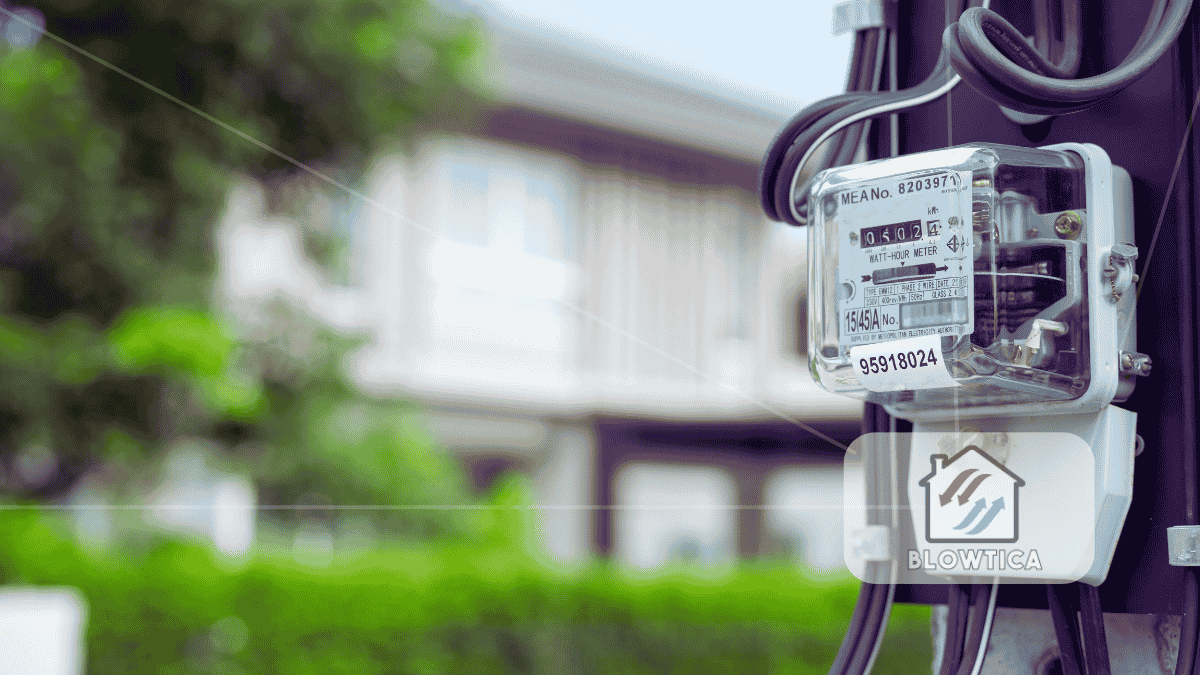
If your home feels like a sauna in summer and an icebox in winter, your windows might be the culprit. Even with double-pane glass, a significant amount of heat slips out in the colder months and sneaks in during hot weather. That means your heater and air conditioner are working overtime, and your energy bills are climbing.
Most homeowners focus on insulation, HVAC upgrades, or sealing doors, but there is another powerful fix you can add right now: your window coverings. The right design does more than complete a room’s look. It acts like a silent climate control system, keeping your home comfortable and lowering costs.
In this guide, we will break down the top energy-efficient window treatments available, how they work, which styles suit different climates, and extra tips to get the most out of them.
Why Your Window Coverings Matter for Energy Savings
A bare window is like an open invitation for heat to escape or enter. In winter, warm air drifts toward the cold glass and loses energy. In summer, sunlight streaming through can raise room temperatures by several degrees.
The U.S. Department of Energy estimates that heat gain and loss through windows accounts for 25–30% of residential heating and cooling use. By upgrading to energy-efficient window treatments, you can cut those losses dramatically, potentially lowering your utility bills by hundreds of dollars a year.
The benefits go beyond cost savings:
- Better temperature balance in every season.
- Reduced fading of furniture, flooring, and artwork from UV rays.
- Improved privacy without sacrificing daylight.
- A smaller environmental footprint.
1. Cellular (Honeycomb) Shades – The Insulation Powerhouse
Cellular shades, also known as honeycomb shades, are widely recognized as one of the most effective insulating window coverings. Their design features pockets of trapped air that act as a thermal buffer between your home and the outdoors.
Why homeowners love them:
- Available in single, double, or triple-cell construction for different insulation needs.
- It can filter light softly or block it entirely, depending on fabric choice.
- Work equally well in cold and hot climates.
Best use case: Double or triple-cell shades in bedrooms, living rooms, and offices where temperature control is key.
Pro tip: Choose an inside mount for a snug fit, and add side tracks if drafts are a concern.
2. Thermal Curtains and Drapes – The Budget-Friendly Shield
Thermal curtains combine style with practicality. They feature a special insulating lining, often quilted or foam-backed, that traps heat in winter and blocks solar warmth in summer.
Advantages:
- Affordable, widely available, and adaptable to any décor.
- Blocks both light and drafts when closed.
- Easy to swap seasonally for style updates.
Best use case: Living rooms and bedrooms, especially in older homes with single-pane windows.
Pro tip: Mount the rod higher and wider than the frame so the curtain overlaps the wall, not just the glass.
3. Roman Shades with Thermal Backing – Style Meets Performance
Roman shades offer a tailored, timeless look. Adding a thermal lining transforms them from decorative to functional, helping them trap heat and reduce drafts.
Advantages:
- Works well with both modern and traditional interiors.
- It can be layered under curtains for added insulation.
- Available in blackout or light-filtering options.
Best use case: Dining rooms, home offices, or spaces where style is just as important as efficiency.
4. Plantation Shutters – A Long-Term Investment
Made from wood, vinyl, or composite, plantation shutters are a permanent window solution that can outlast many other treatments. When closed, they create an insulating layer of still air between the louvers and glass.
Advantages:
- Excellent durability.
- Adjustable light and ventilation control.
- Can increase home resale value.
Best use case: Homes in both warm and cold climates where a long-term, low-maintenance solution is desired.
5. Solar Shades – The Sun Blocker
Solar shades are designed to cut glare and UV rays without completely blocking your view. Their tight weave reduces heat gain, making them popular in sunny regions.
Advantages:
- Ideal for spaces where you want daylight without heat.
- Protects flooring and furnishings from fading.
- Available in multiple openness levels for different light preferences.
Best use case: Kitchens, sunrooms, or rooms with large south-facing windows.
6. Layered Window Treatments – The All-Season Combo
Layering is one of the smartest strategies for year-round comfort. Pairing blinds or shades with curtains creates two barriers: one to manage light and another to trap air.
Advantages:
- Customizable look and function.
- Works in any room and climate.
- It can be adjusted daily based on temperature and sunlight.
Best use case: Bedrooms and living rooms where you need flexibility between day and night.
7. Insulated Blinds – The Upgrade You Can’t See
Insulated blinds look like standard blinds but feature heat-reflective or thermal materials inside the slats. They allow you to control light while still offering an energy-saving boost.
Advantages:
- Fits standard and specialty windows.
- Easy to adjust for privacy.
- Works for both horizontal and vertical designs.
Best use case: Sliding glass doors, large windows, or rental properties where you need a non-permanent option.
8. Exterior Shutters and Awnings – Stopping Heat at the Source
By blocking sunlight before it reaches the glass, exterior shutters and awnings reduce indoor heat gain significantly. They are particularly effective in hot, sunny climates.
Advantages:
- Protects windows from weather damage.
- Reduces cooling costs dramatically.
- It can add architectural charm to a home.
Best use case: South- and west-facing windows in hot climates.
9. Smart and Motorized Window Treatments – Efficiency on Autopilot
Motorized shades and blinds can be programmed to open and close at specific times or respond to sunlight automatically. They ensure your energy-efficient window treatments are always used to their full potential.
Advantages:
- Optimizes energy savings without manual effort.
- Ideal for hard-to-reach windows.
- Can be integrated with smart home systems.
Best use case: Large homes, tech-savvy households, or mobility-limited homeowners.
How to Choose the Right Option for Your Home
The “best” solution depends on your home’s climate, window type, and design style.
| Climate Type | Best Options | Why |
|---|---|---|
| Cold winters | Cellular shades, thermal curtains | Maximum heat retention |
| Hot summers | Solar shades, exterior awnings | Reduces heat gain |
| Year-round extremes | Layered treatments, shutters | Flexible, durable |
| Limited budget | Thermal curtains, insulated blinds | Low cost, high impact |
Maximizing the Efficiency of Your Window Treatments
Even the most advanced design will not perform well if used incorrectly. Here’s how to get the most out of your investment:
- Close the windows at night in winter to keep heat inside.
- Open during sunny winter days to let natural warmth in.
- Close during peak summer heat to reduce cooling demand.
- Seal window gaps with caulk or weatherstripping.
- Dust and clean treatments regularly to prevent material degradation.
ROI: When Will They Pay for Themselves?
For many homeowners, upgrading to energy-efficient window treatments can pay for itself within three to five years through energy savings alone. The exact timeline depends on:
- Climate severity
- Energy rates in your area
- The quality and fit of the product
- How consistently you use them
Add in the extended life of your HVAC system from reduced wear and tear, and the long-term value grows even more.
The Bottom Line
Upgrading your window coverings is not just about style. It is about comfort, efficiency, and smart homeownership. From the thermal insulation of cellular shades to the smart automation of motorized blinds, there is an option that will work for your budget, décor, and climate.
Small changes add up. The right energy-efficient window treatments will help you enjoy a more comfortable home, lower bills, and a smaller environmental impact season after season.






